Pumpkins mean its October, but not forgetting the great British game season with wild mushrooms and hearty root vegetables of celariac, salsify and turnips.
Bramley Apples
In all foods, flavour is mostly determined by the level of sweetness and sharpness. In apples this is characterised by the balance between sugar and malic acid.
Dessert apples, or ‘eating apples’, have lower levels of acid and higher sugar content, giving them the sweet flavour that makes them delicious to eat – but also means they tend to lose their ‘appley’ flavour when cooked.
Bramley apples, however, are unique because they contain a higher acid content and lower sugar levels to produce a stronger, tangier tasting apple whose flavour is retained when cooked.
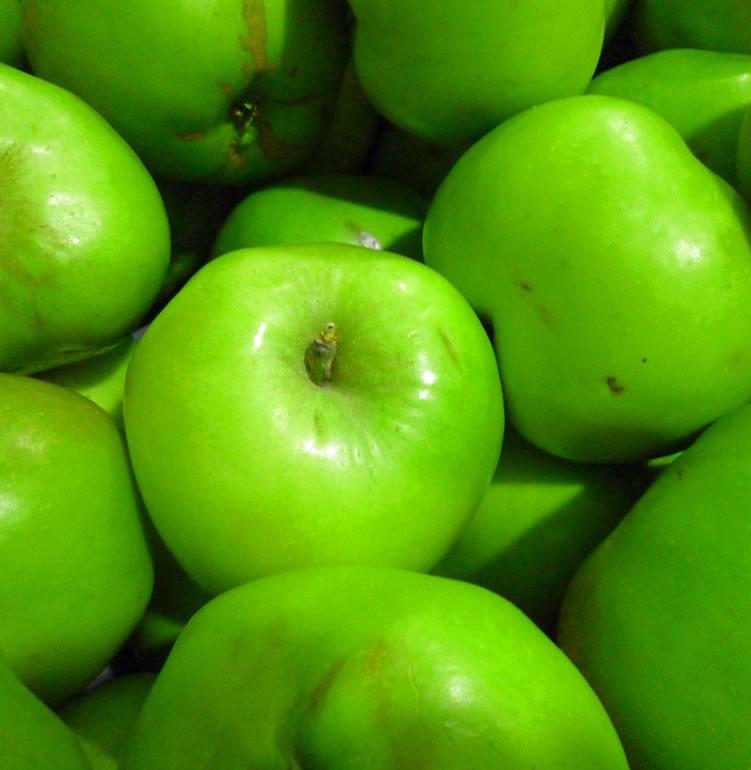
Cavolo Nero
An Italian cabbage with dark green leaves, with a good strong flavour. Cavolo Nero can be used as a substitute in all recipes that require cabbage but it is particularly good in soups. The classic Tuscan soup, ribolitta, is traditionally left to sit for a day before serving to allow it to thicken and the flavours to develop. Cavolo Nero is delicious simply fried in olive oil with garlic and chillies.

Cep
Porcini mushrooms, also known as ceps, are the king of all mushrooms and are now starting to make an appearance as we head into autumn. They are meaty, rich and very versatile. They work best cut up in slices and pan fried in olive oil and butter. Finish with a chiffonade of parsley and a touch of Rapeseed truffle oil.
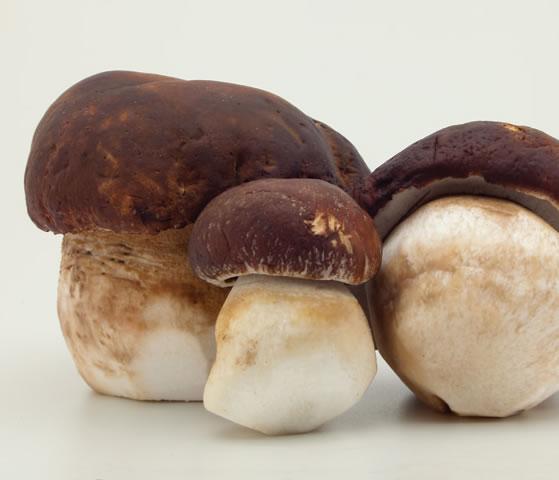
Comice
Comice is more bulbous in shape, and has juicy, meltingly tender flesh; it’s good for cooking and eating, particularly with cheese.
The exact origin of the pear is not known. It is often thought that the pear originates from the area between the Black Sea and the Caspian Sea, but some place it further east, south of the Ural Mountains or even towards Central Asia. From the wild pears, edible varieties of pears have been developed through breeding. Until the 16th century pears were only suitable for cooking, the so-called cooking pears, so pears had to be cooked before they could be eaten. From the 16th century onwards the first eaters were cultivated in France and Italy. These are varieties that can be eaten without any need for cooking or processing.
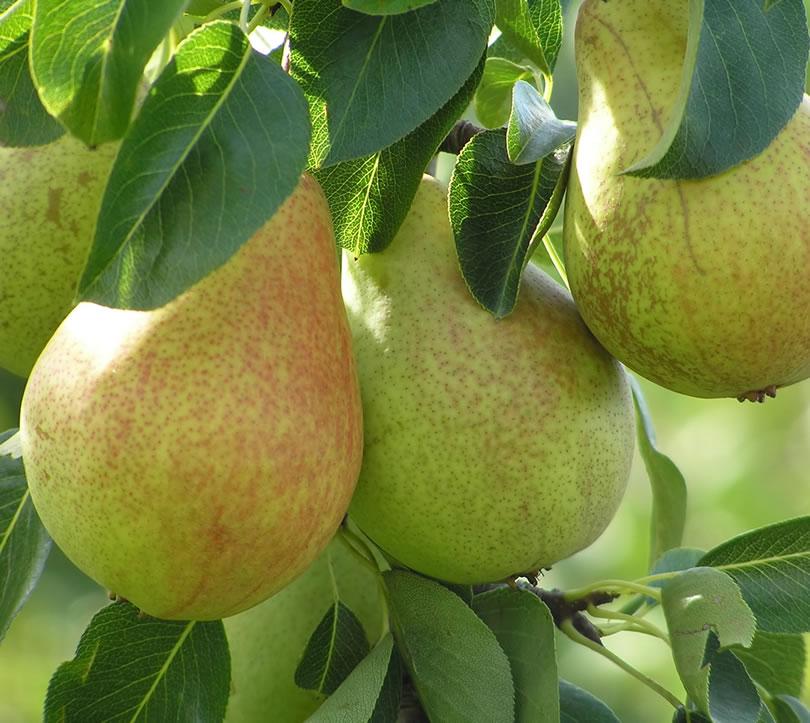
Conference
The best known of all pears, ‘Conference’ is excellent eaten as a dessert pear but also exceptional when cooked. The long bell shaped fruits with firm flesh can be eaten hard or fully ripe with a smooth juicy flavour. Trees crop late in the season from October to November, and the fruit will store until January. Enjoy ‘Conference’ pears at their best by picking them slightly under-ripe, store them in a cool place and bring indoors to ripen slowly.
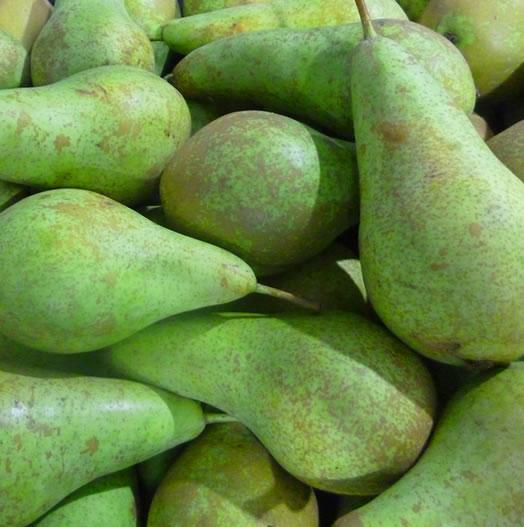
Cox
The Cox is the quintessential English apple, widely said to have the finest taste of them all. October brings a bumper crop of these rosy, thin-skinned, crisp and sweet darlings. Try sautéeing quartered and peeled apples in butter with a handful of sultanas until golden, or add a lug of calvados, a sprinkling of sugar and a squeeze of lemon juice and continue to cook until just tender.
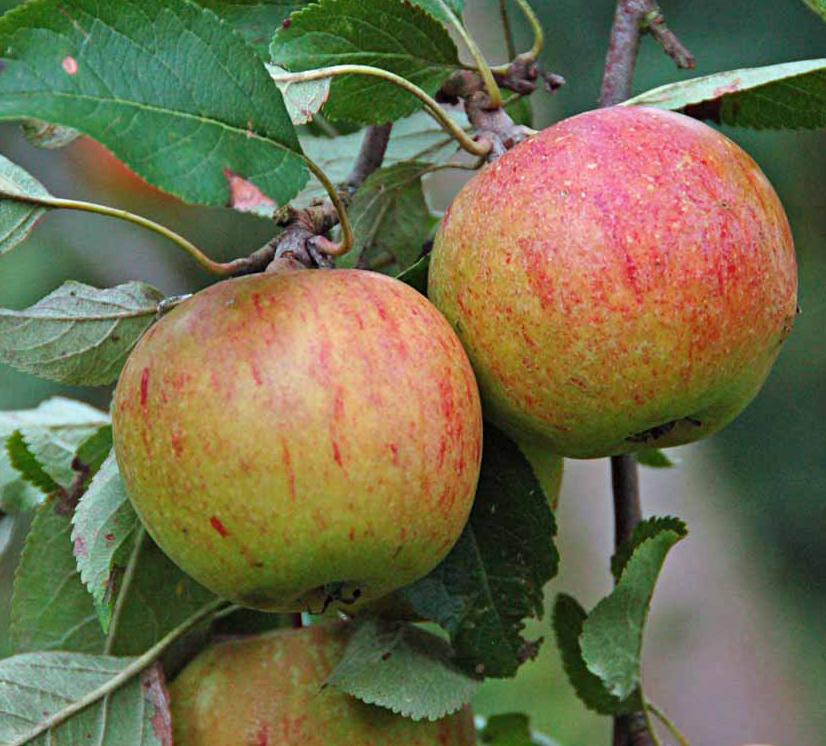
Crown Prince Squash
An old variety of winter squash but still popular for its attractive, flattened fruits with a steely-blue skin, Squash ‘Crown Prince’ is renowned for its colourful rich orange flesh with a sweet and nutty flavour.
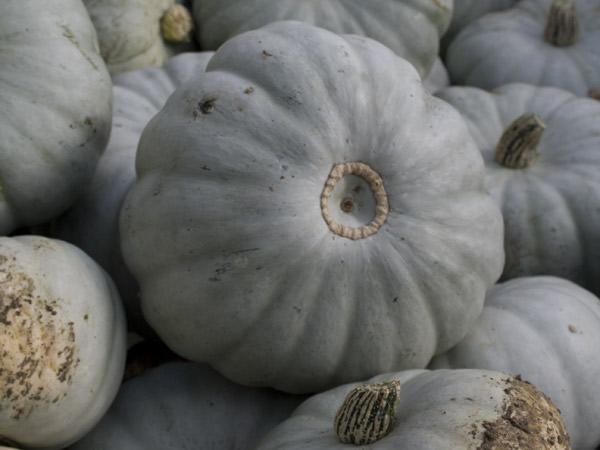
Gala
Gala apples are covered in a thin yellow to orange skin, highlighted with pink to red stripes that vary in hue dependent upon the apples maturity. Their dense flesh is creamy yellow and crisp, offering a mildly sweet flavour and flora aroma. Gala’s that are allowed to reach the peak of their sweetness on the tree will have a deeper red hue and a slightly sweeter flavour.
Gala apples have a mild sweet and vanilla-like flavour with a floral aroma. It’s excellent for fresh eating, salads, sauce, pies and baking.
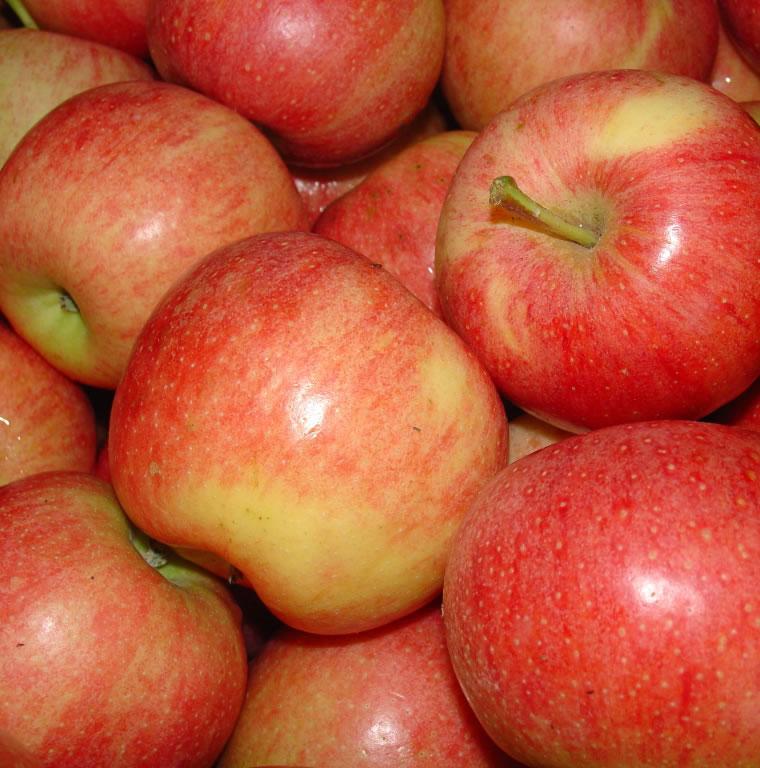
Girolle
These have a deliciously nutty and peppery flavour that works well in risottos, sauces or even a chicken and mushroom pie. Perfect paired with similarly rich flavours such as pheasant, chestnuts and bone marrow.
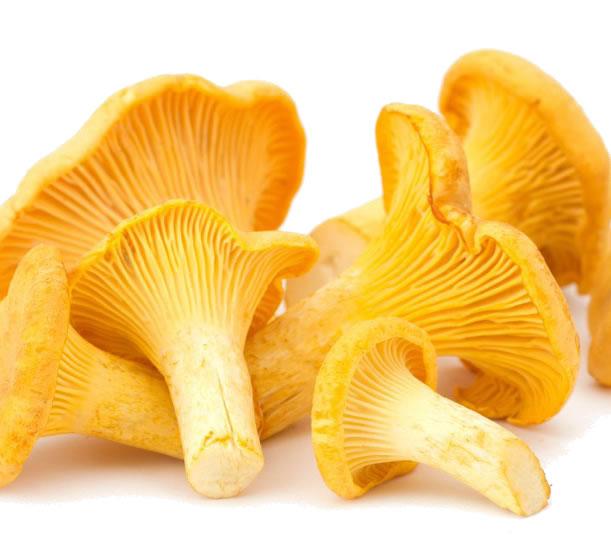
Jerusalem Artichoke
This vegetable is not truly an artichoke but a variety of sunflower with a lumpy, brown-skinned tuber that often resembles a ginger root. Contrary to what the name implies, this vegetable has nothing to do with Jerusalem but is derived instead from the Italian word for sunflower, girasole.
The white flesh of this vegetable is nutty, sweet and crunchy and is a good source of iron.

Mousseron
This petite little mushroom is available in the spring and again in the autumn for a limited period. These are the mushrooms of legend as they grow in circles in the woods, called ‘fairy circles’. As the mushroom colony matures, the circle expands outward into larger and larger concentric rings. Now, the mushrooms are found in forests, woods and even lawns, where they are perceived as a nuisance. This is a mushroom that thrives in damp and moderate climes. Possessing a little brown or tan cap, this mushroom also has a thin, edible but tough stem.
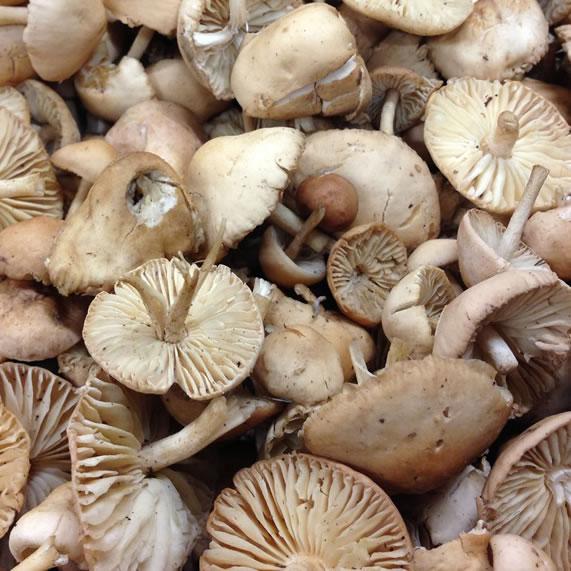
Orange Flesh Pumpkin
From pumpkin soup to pumpkin pie, enjoy our favourite recipes for this king of the vegetable patch. Stir meltingly sweet cubes of fried pumpkin into risottos or curries, offsetting the sweetness with fragrant herbs such as sage or thyme, or warming spices such as ginger. Or, if you prefer, these pumpkins are perfect for carving for Halloween.
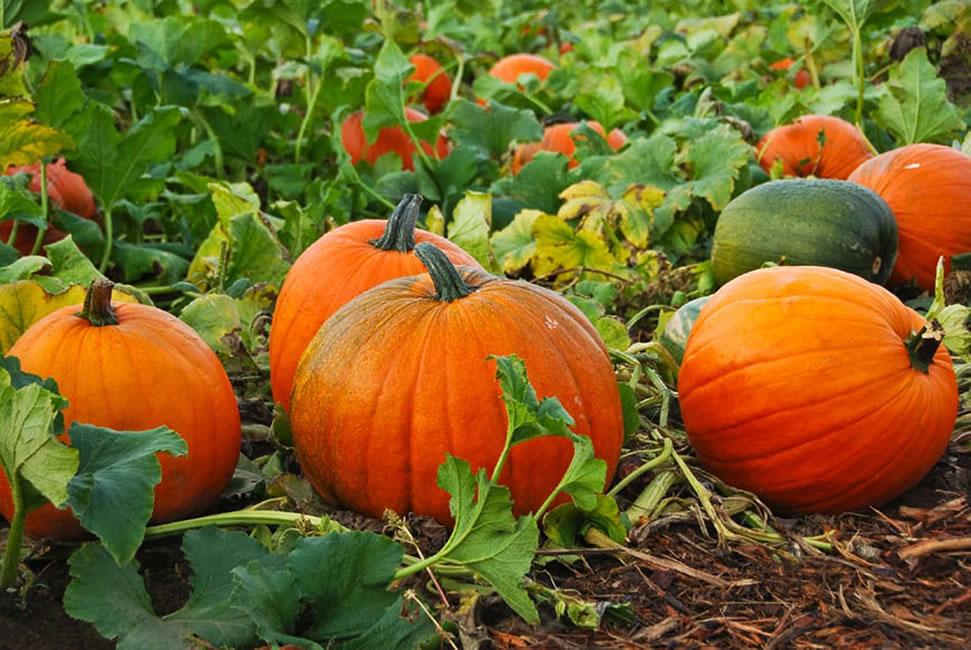
Parsnips
A sweetly flavoured root vegetable. Pale yellow or ivory in colour and shaped like a slightly bulbous carrot, parsnips are one of the tastiest and most appealing root vegetables. Cheap and simple to prepare, their soft, fragrant, slightly sweet flesh adds a warm, comforting element to dishes.
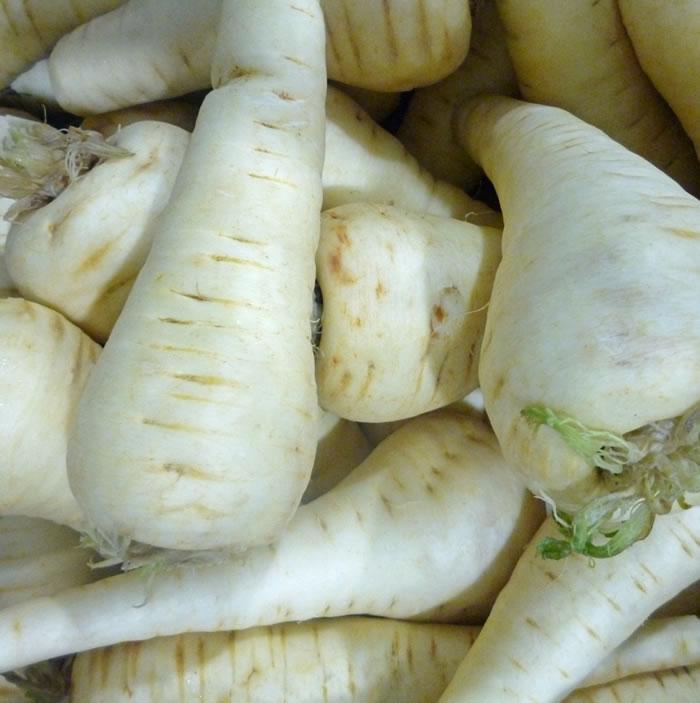
Rainbow Chard
The raw baby leaves of the coloured types look stunning in salads, and though they dull a little on cooking, a pile of young leaves, wilted and buttered with stems still attached, is still handsome on a plate. The adult plant gives you two vegetables in one: the crisp, robust stems and the abundant, delicately ruffled leaves. It’s a powerhouse of nutty, green-leaf flavour, so pair it with feisty partners: olives, cream, tomatoes, spices, strong cheese and smoked fish.
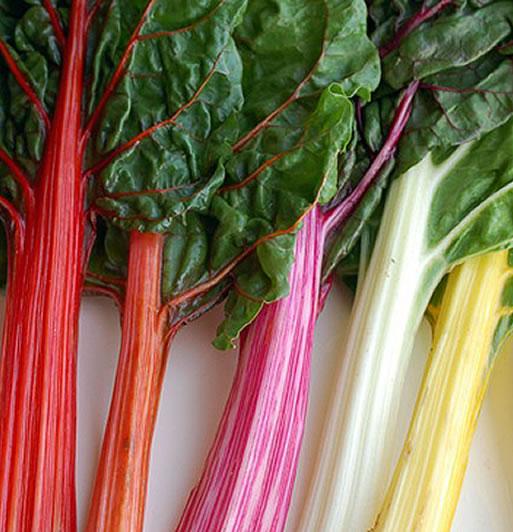
Romanesque
One of the more unusual vegetables, Romanesco appears to be part psychedelic broccoli, part alien life form.
In fact, it’s an edible flower from the family that includes broccoli, cauliflower, Brussels sprouts, and cabbage. It tastes very similar to cauliflower, but with a slightly nuttier, earthier flavour. You can use it as you would cauliflower in recipes, and it holds up to many different cooking methods.
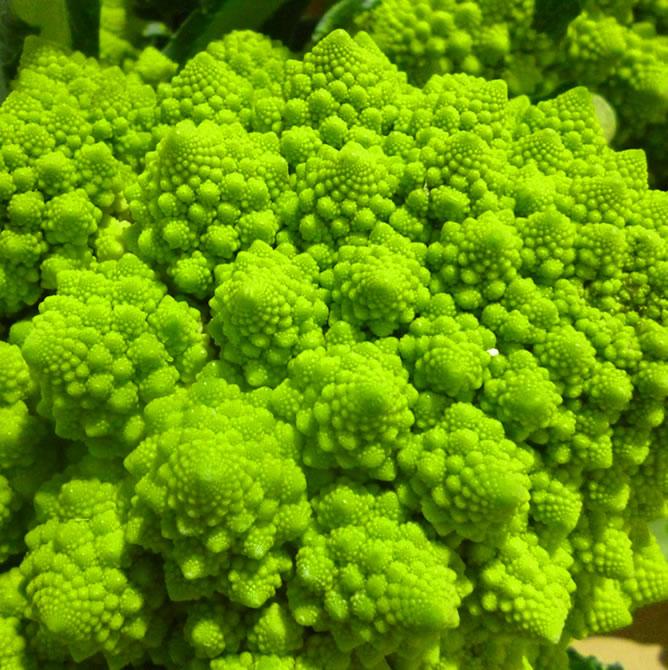
Runner Beans
Fresh, young runner beans are a gem amongst the many wonderful vegetables available during the British summer. At their best they are at once tender, succulent and bursting with flavour. There can be few better ways of serving runner beans than piled onto a plate alongside meltingly soft roast lamb, roast potatoes and Classic Red wine Jus.
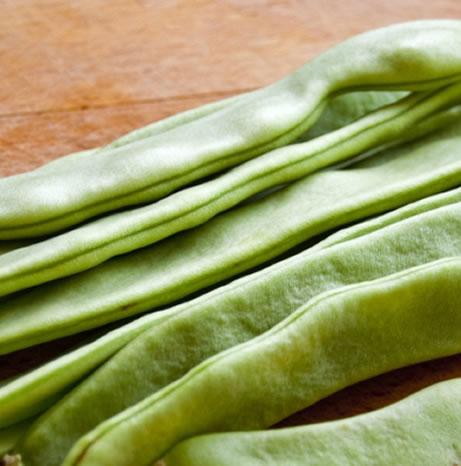
Salsify
A root vegetable belonging to the dandelion family, salsify is also known as the oyster plant because of its oystery taste when cooked. The root is similar in appearance to a long, thin parsnip, with creamy white flesh and a thick skin. In the same way as many root vegetables, salsify can be boiled, mashed or used in soups and stews.
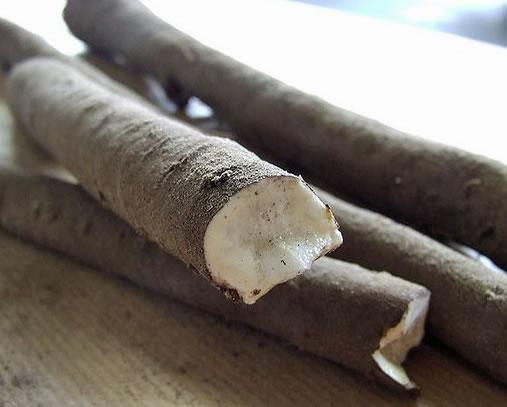
Sweet Potato
Sweet potatoes are quite versatile, but they’re most often baked, candied, or made into pies. It’s best not to boil them, as they’ll lose much of their flavour.
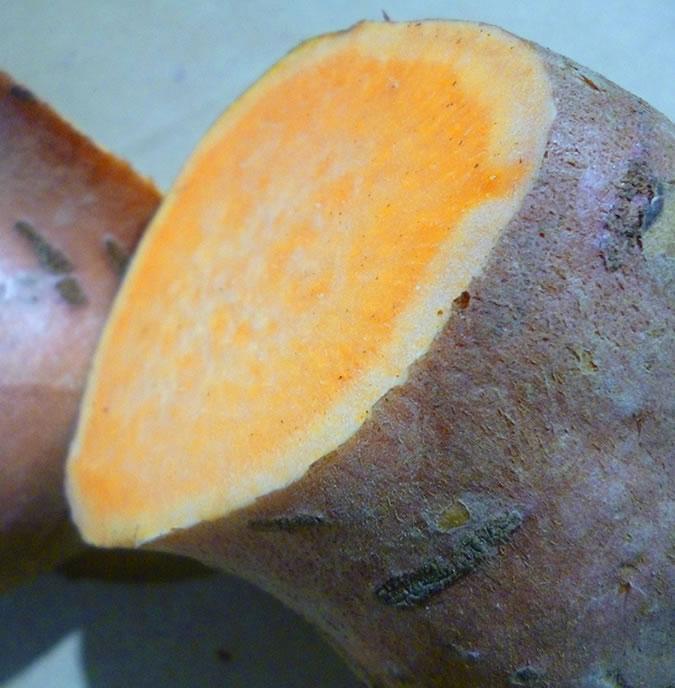
Turnips
Turnips come in a variety of forms, the most widely available being the squashed globe shape with creamy coloured skin and a purple crown (where the turnip grew above the surface of the ground and was exposed to sunlight). They have a rounded flavour – sweet and slightly peppery – and are nutritionally rich. Although available pretty much year-round we think there are two optimum times for turnip eating. The first is in early summer when fresh, tender, baby turnips are available. The second is towards the end of the year when the more mature specimens make a tasty, healthy and economical contribution to a warming winter diet.


